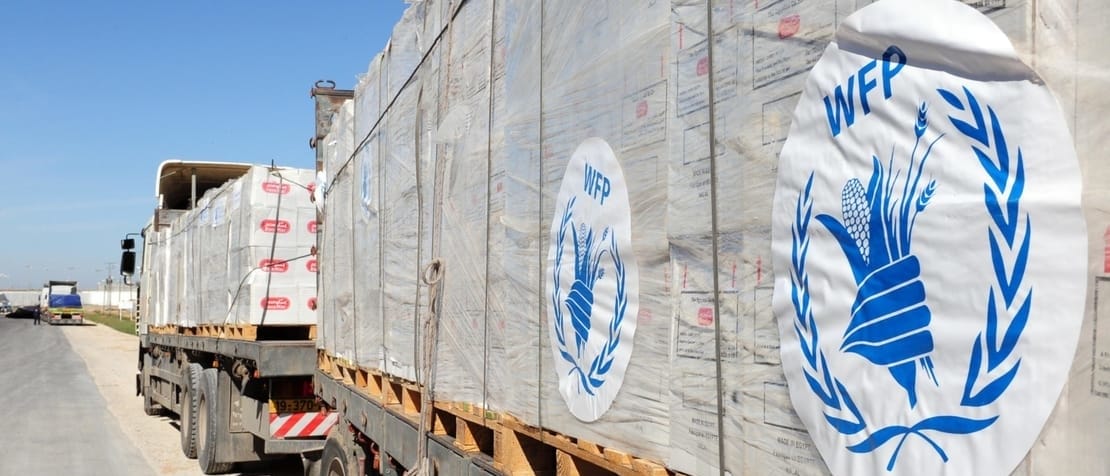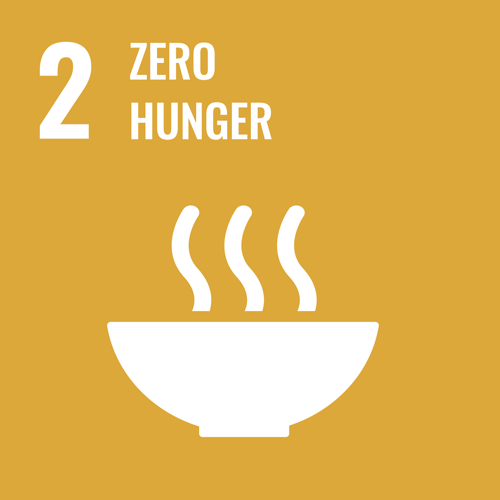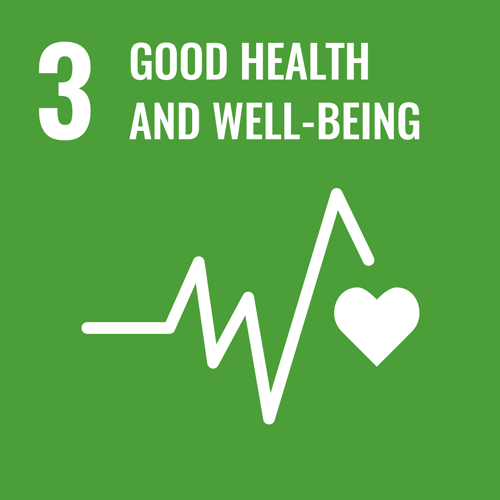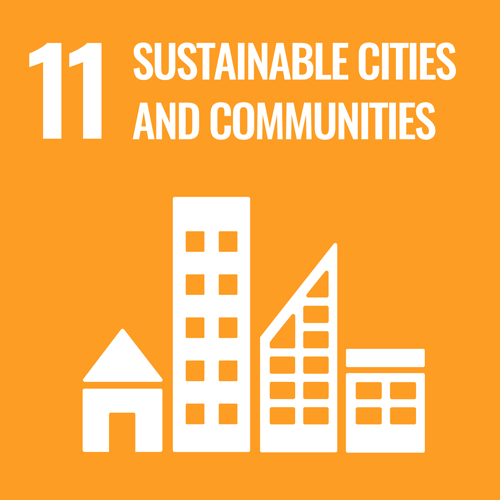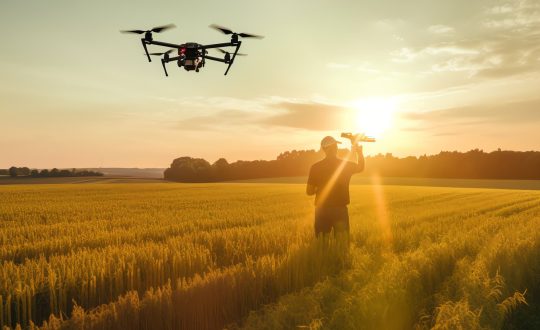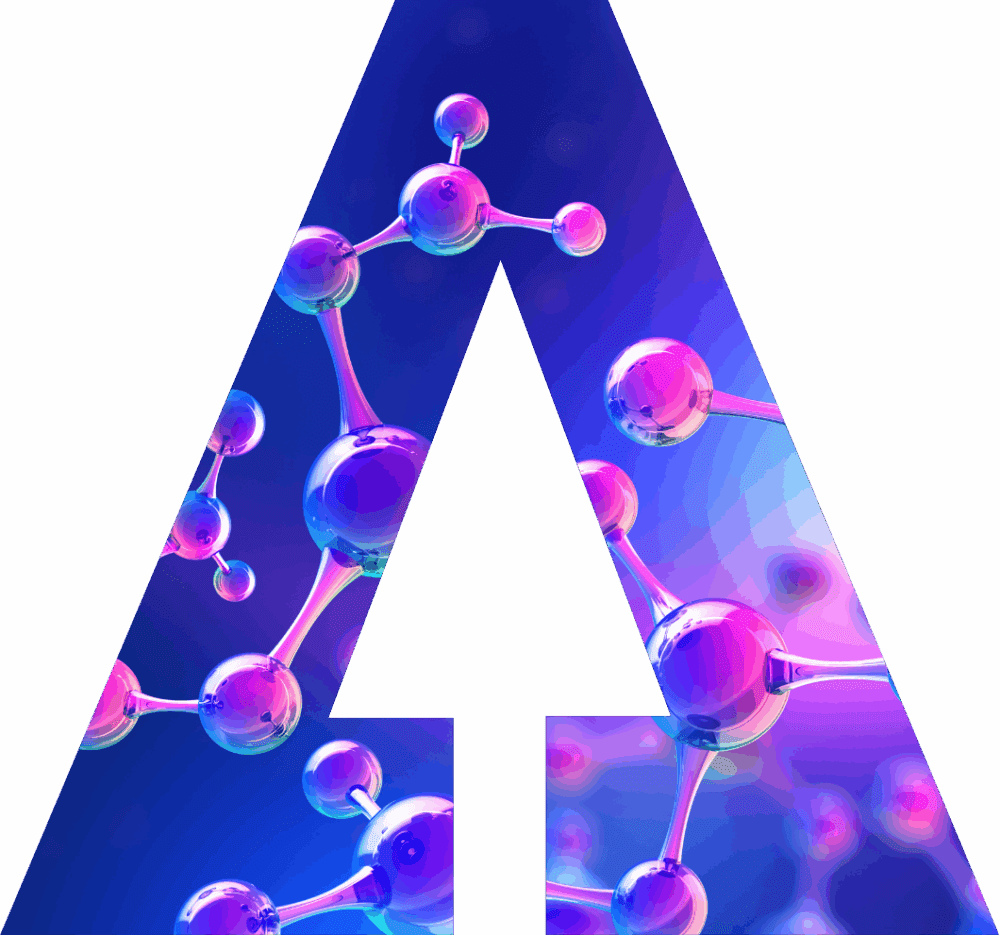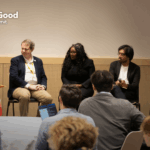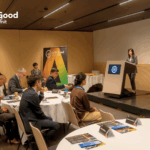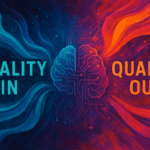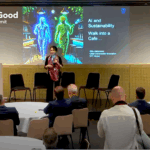So far this year, thirteen storms have ravaged the Caribbean, leaving millions of people without access to food, water, and shelter. When disasters strike, access to accurate information and a capacity to act quickly is critical for humanitarian organisations to ensure their life-saving assistance gets to where it is needed most.
Artificial Intelligence (AI) has the potential to radically transform the way the international community assesses and responds to these and other kinds of crises. With the power to gather, analyse, and utilise data more effectively than ever before, we can begin to create and imagine the future of humanitarian response.
Over 800 million people—one in nine people globally—live in hunger due to poverty and/or the impact of natural disasters, conflict, or governance challenges. The World Food Programme (WFP) is the leading humanitarian organisation fighting hunger worldwide. Assisting 80 million people in over 80 countries each year, WFP delivers food assistance in emergencies and works with communities to improve nutrition and build resilience.
At WFP, we are actively looking at how AI can help us with our life-saving work. For example, after rapid-onset disasters, such as storms, floods, and earthquakes, access to reliable real-time information is crucial for WFP and other first responders to understand the extent of the damage and impact on lives.
WFP is exploring the use of AI to analyse the data gathered from satellites and Unmanned Aerial Vehicles (UAV) to assess the impact of a disaster in (almost) real time, inform our response, and deliver life-saving assistance. WFP is also exploring how AI-powered vehicles and UAVs could help deliver assistance to areas that are difficult to reach or too dangerous to enter.
RELATED: AI for Good Global Summit – 2017 Report
AI can also facilitate communication with the people we are trying to reach. In situations of protracted crises, such as the conflicts in Syria and Yemen, it is vital for WFP to understand the unique needs and circumstances of people to provide them with the right kind of assistance.
AI enables us to communicate directly with the people we serve: using an AI-based survey chatbot, WFP “talks” with people affected by crises in 20 different languages. Chatbots allow us to communicate with more people, at a fraction of the cost, in almost real time and thus better target assistance to those most in need.
In regions affected by chronic hunger, AI can help transform the agricultural sector, including subsistence farming. Smallholder farmers make up 60% of the world’s poor and hungry, and enabling them to increase their yields will have a significant impact on their lives and our ability to eradicate poverty and hunger. Using data gathered by low-cost sensors, as well UAV and satellite imagery, it is possible to collect vast quantities of information on weather, soil conditions, and crop status. AI can analyse these data to help farmers understand when to fertilise their produce and increase crop-yields and market value. “Smart” agriculture, already common practice in parts of the developed world, can also be adapted and rolled out to developing countries.
This is the problem: Although AI has the potential to take humanitarian response to the 21st century and transform the lives of millions of people, there has been limited attention to applying it with a focus on humanitarian and developmental challenges.
To spark the development of more AI tools and systems that benefit the most vulnerable, we need to encourage people from more diverse geographical and cultural backgrounds, who have insights into the needs of different people, to work on AI. By creating new partnerships that combine the expertise of humanitarian actors like WFP with the cutting-edge expertise in AI of leading academic institutions and private sector companies from all over the world, we can ensure that AI is used to help solve some of the world’s biggest problems.
WFP has established an Innovation Accelerator to support internal and external innovators and facilitate the identification, nurturing, and scaling up of bold solutions. Competitions like the IBM Watson AI XPRIZE can also help to create incentives for data scientists from all over the world to solve some of the world’s biggest problems.
Working together, we can accelerate the development of AI technologies while at the same time ensuring that no one is left behind.
The original version of this article first appeared in the IBM Watson AI XPrize blog.
© Featured Image KEREM SHALOM, ISR, ChameleonsEye/Shutterstock.com


